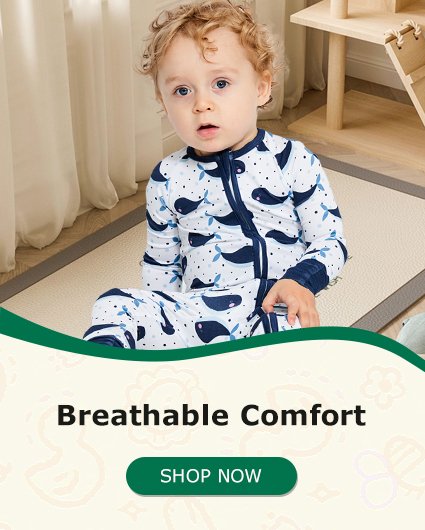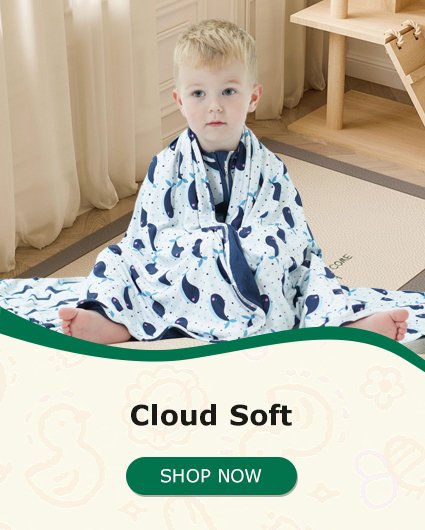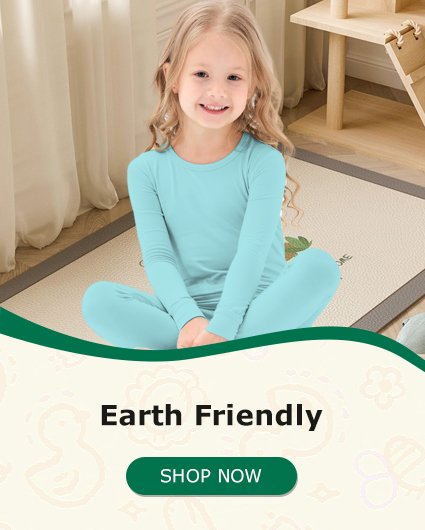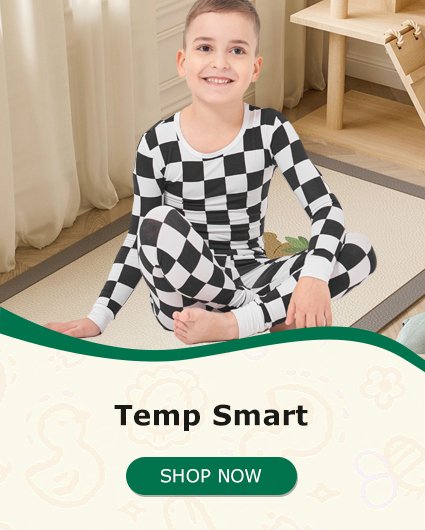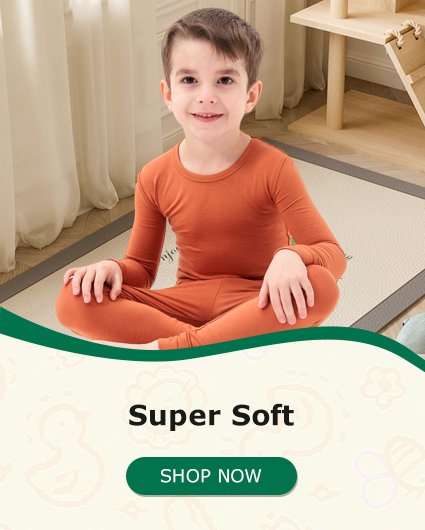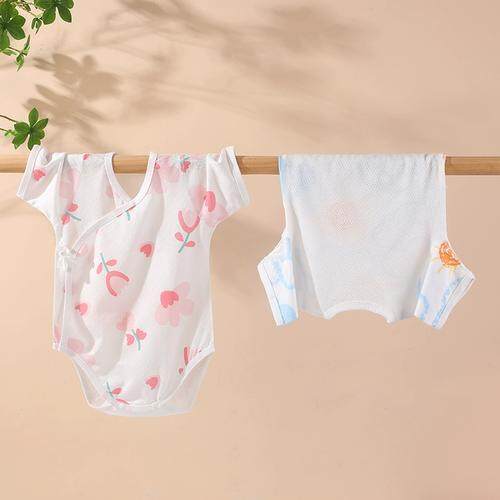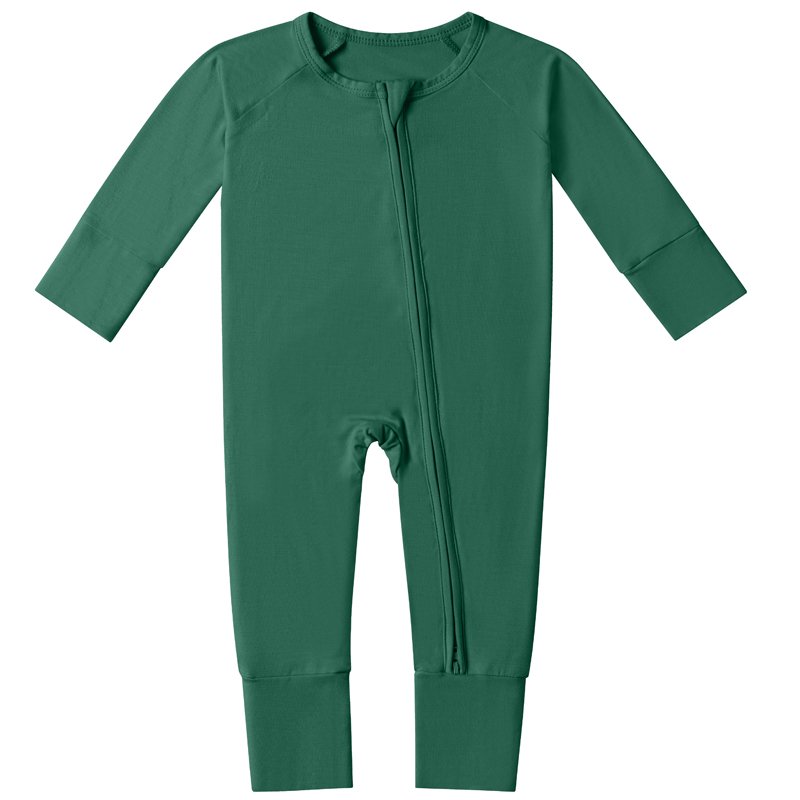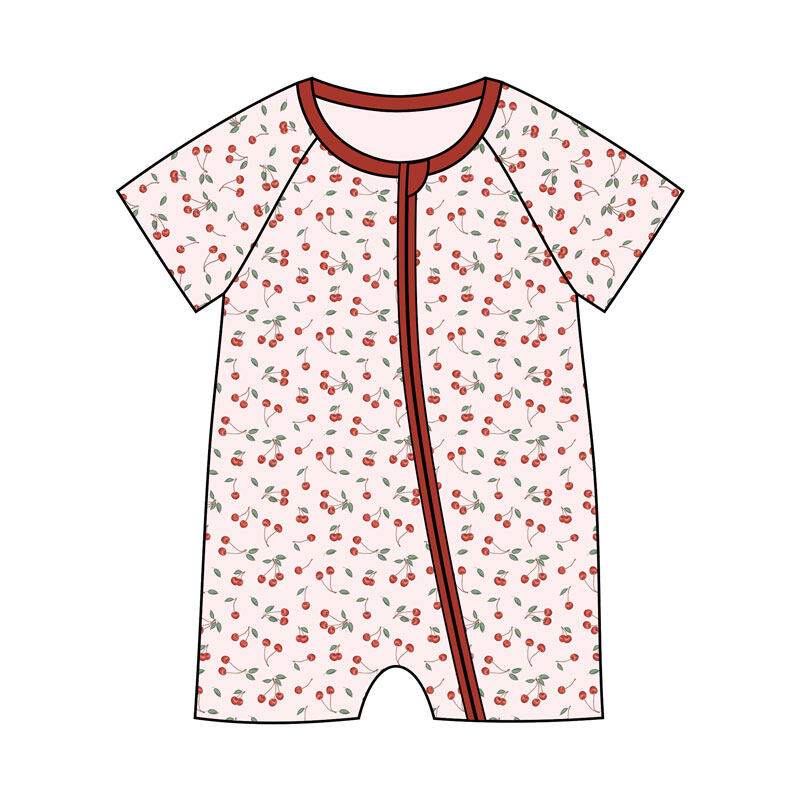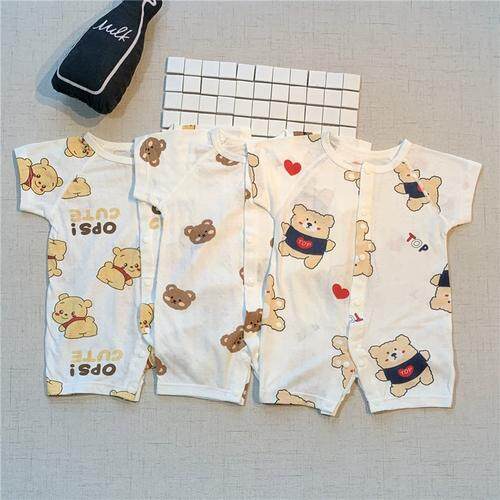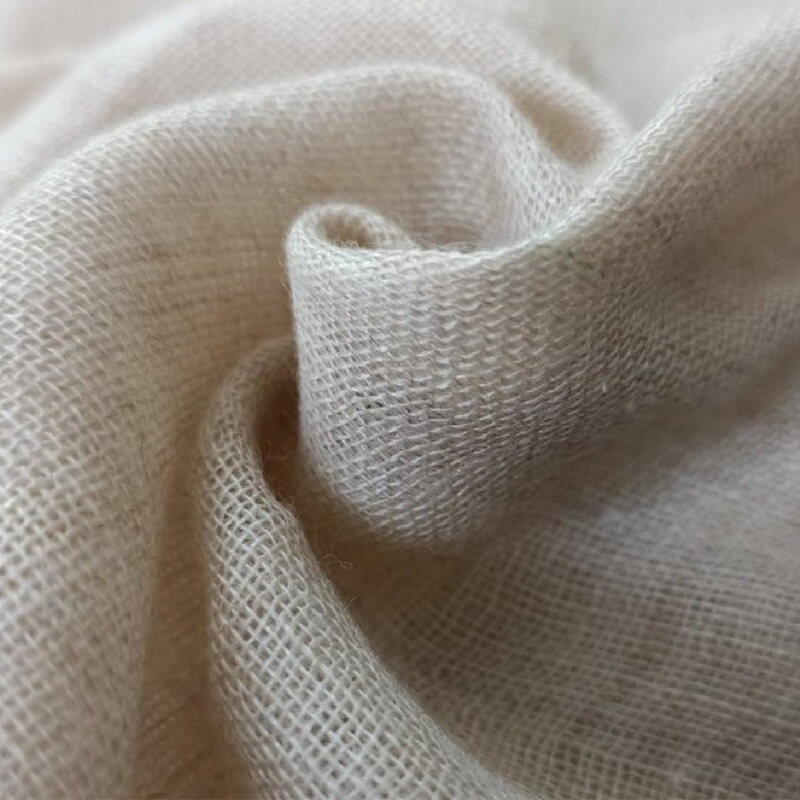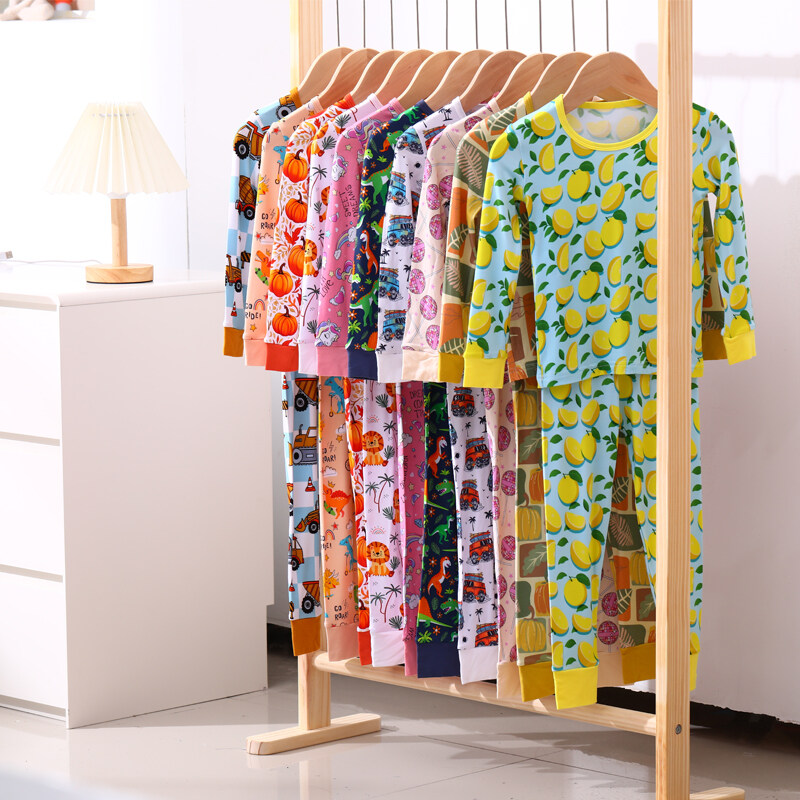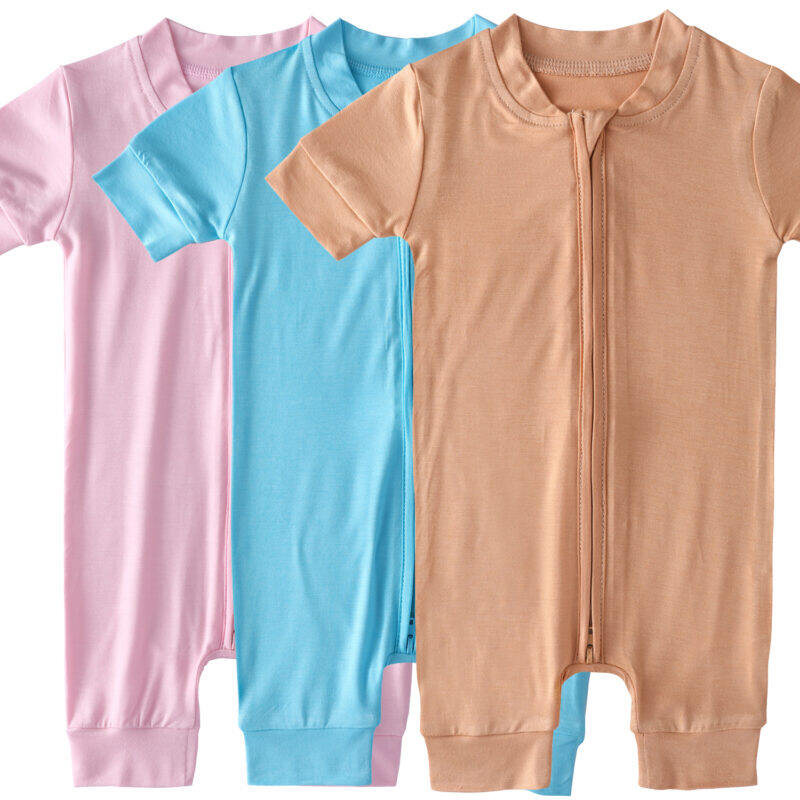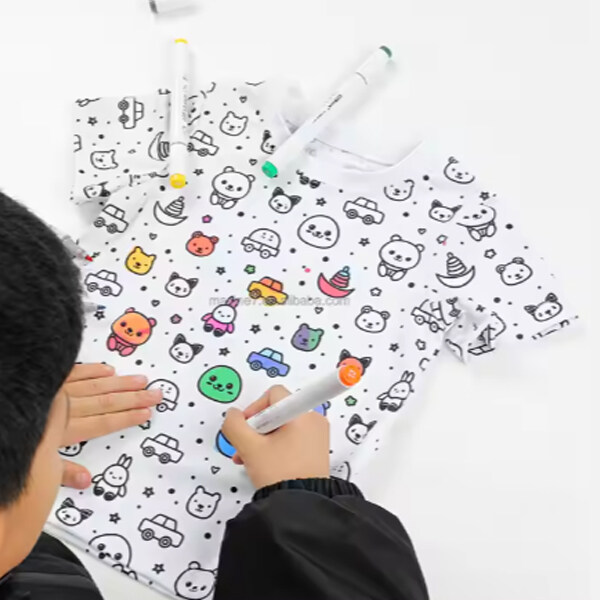Do Babies Really Need to Wear Socks?
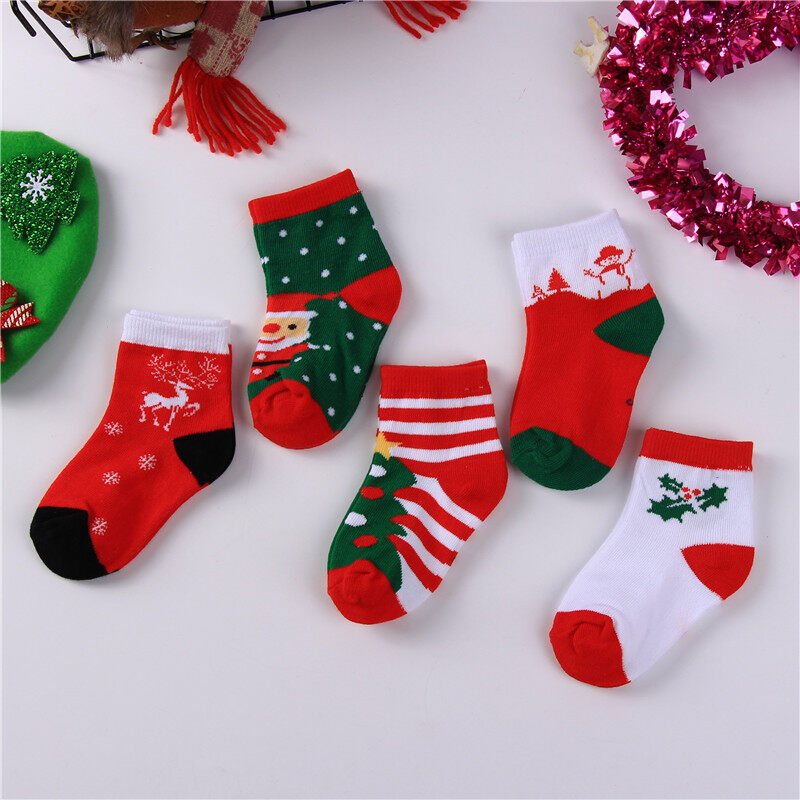
Tiny feet, tiny toes, and the never-ending question: Do babies actually need to wear socks? Parents often wonder whether socks are simply cute accessories or if they play a real role in a baby’s comfort and health.
With so much parenting advice swirling around—from clothing to sleep positions to first shoes—it’s easy to feel overwhelmed. Let’s break it down and explore the real benefits, potential drawbacks, and the best times for your baby to slip on those little socks.
A Pediatric Perspective: Are Socks Necessary?
From a medical point of view, socks are not a must-have item for every situation. While they certainly add a layer of cuteness to any outfit, their primary role is keeping a baby’s feet warm.
Here’s the science: babies regulate their body temperature differently than adults. Much of their heat is lost through the head, hands, and feet. If your baby’s feet feel chilly to the touch, that’s a good sign socks might be helpful. But if the room is warm and your little one’s feet are cozy, socks aren’t essential.
Even for newborns, bare feet are perfectly fine in a comfortably heated environment. The key is monitoring how your baby feels rather than relying on hard-and-fast rules.
Milestone Alert: When It’s Time to Go Barefoot
When your little explorer begins pulling up and attempting those first wobbly steps, bare feet actually help more than socks do.
Going sock-free at this stage gives babies the ability to grip the floor with their toes, which strengthens balance and coordination. This tactile feedback helps them learn to walk more steadily and develop proper movement patterns.
So while socks are great for warmth, once your child starts cruising around furniture or taking first steps, letting them go barefoot indoors is often the better choice.
How to Choose the Best Socks for Babies
When socks are needed, fabric matters. Babies’ skin is delicate, so breathable, soft materials are the safest option.
- Cotton or bamboo: These natural fibers allow airflow, wick moisture, and reduce the risk of overheating.
- Avoid wool or synthetic blends: They may trap heat, cause irritation, or feel itchy against sensitive skin.
- Fit matters too: Make sure socks are snug enough to stay on but not so tight that they leave marks around the ankles.
Pro tip: Keep a few pairs of neutral-colored cotton socks in different thicknesses—lightweight for summer, thicker for cooler months.
Risks of Overusing Baby Socks
While socks can keep your baby warm, they also come with some risks if overused.
- Overheating: Studies show that overheating increases the risk of Sudden Infant Death Syndrome (SIDS). If your baby’s room is already warm, adding socks at night may push them into an unsafe temperature range.
- Sleep safety: Instead of heavy blankets, many parents use socks as an extra layer in cooler rooms. This can be safe, but only if the room temperature is monitored closely.
- Skin irritation: Rough seams or poorly fitted socks may rub against your baby’s skin, leading to redness or discomfort.
The takeaway? Use socks thoughtfully—especially during sleep—and always watch for signs of overheating (sweaty neck, flushed cheeks, rapid breathing).
When Should Kids Start Wearing Socks Regularly?
Socks become more important as babies transition into toddlerhood and start wearing shoes daily. At this stage, socks:
- Reduce friction inside shoes.
- Prevent blisters and irritation.
- Keep feet comfortable in all seasons.
But once the shoes come off, it’s still a good idea to let your toddler go barefoot when safe. This strengthens foot muscles and allows toes to spread naturally, aiding healthy foot development.
Parenting Takeaway: Socks Are Helpful, But Not Always Necessary
Parenting is full of decisions, both big and small. Deciding whether or not to put socks on your newborn may feel minor, but it ties into a larger theme—balancing comfort, safety, and development.
Here’s the bottom line:
- Newborns don’t always need socks, especially in a warm environment.
- Cold feet = socks on. Warm feet = socks off.
- Barefoot time is beneficial once babies start practicing balance and walking.
- Choose breathable fabrics like cotton or bamboo when socks are needed.
- Avoid overheating, particularly at night.
By paying attention to your baby’s cues and the environment, you’ll know when socks make sense and when those little toes are better left free. After all, every step (or wiggle!) is part of your child’s journey toward growing strong and healthy.

